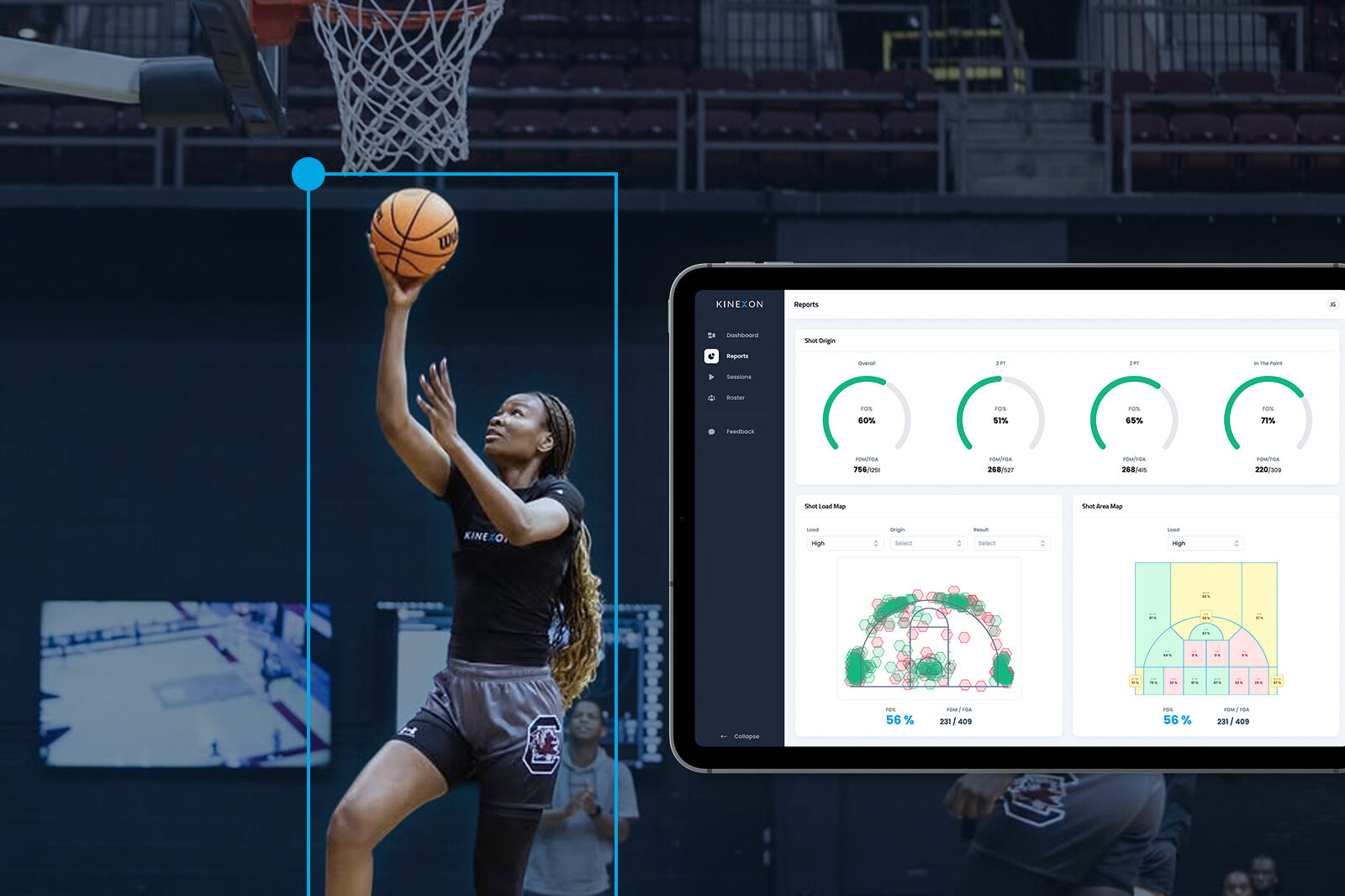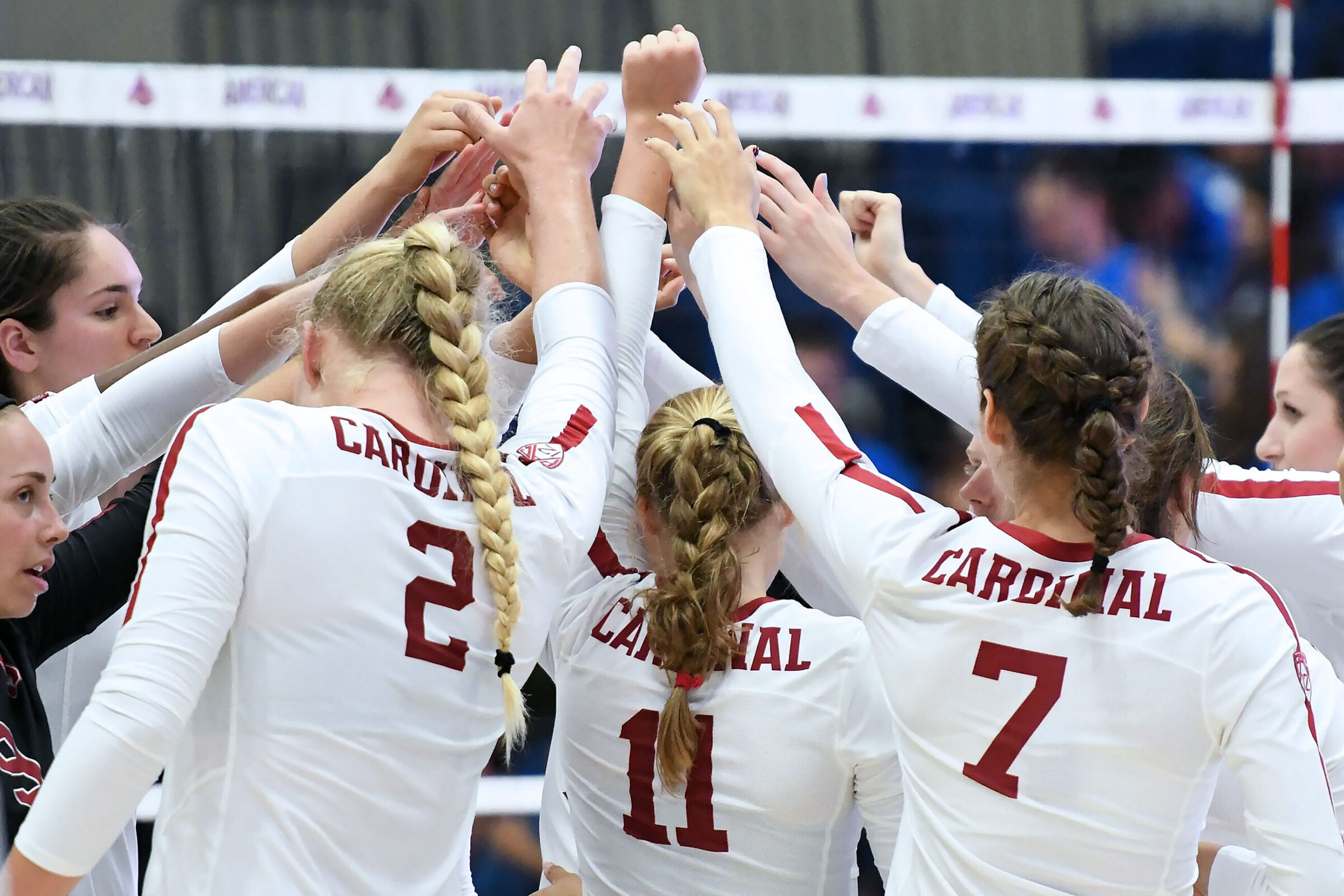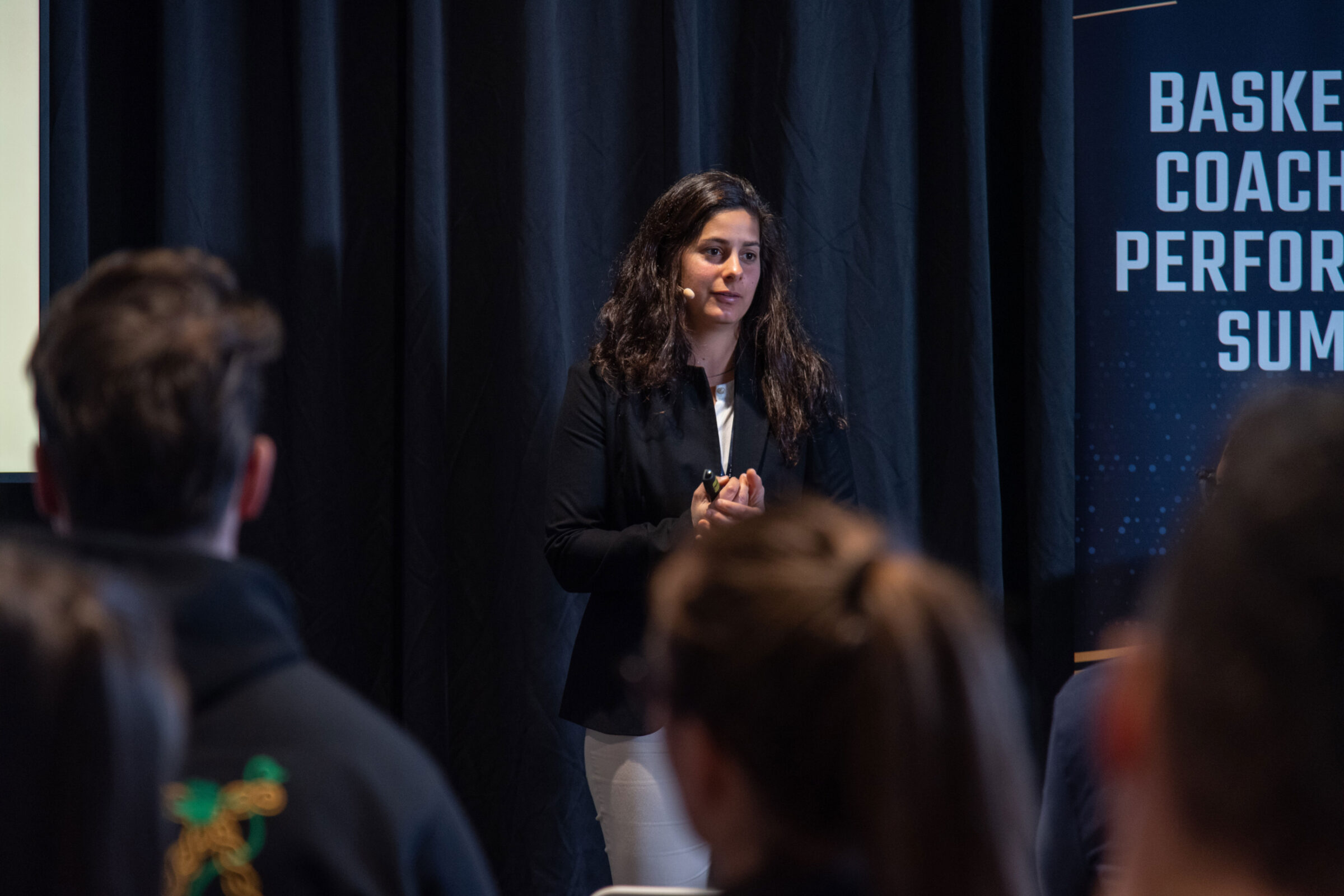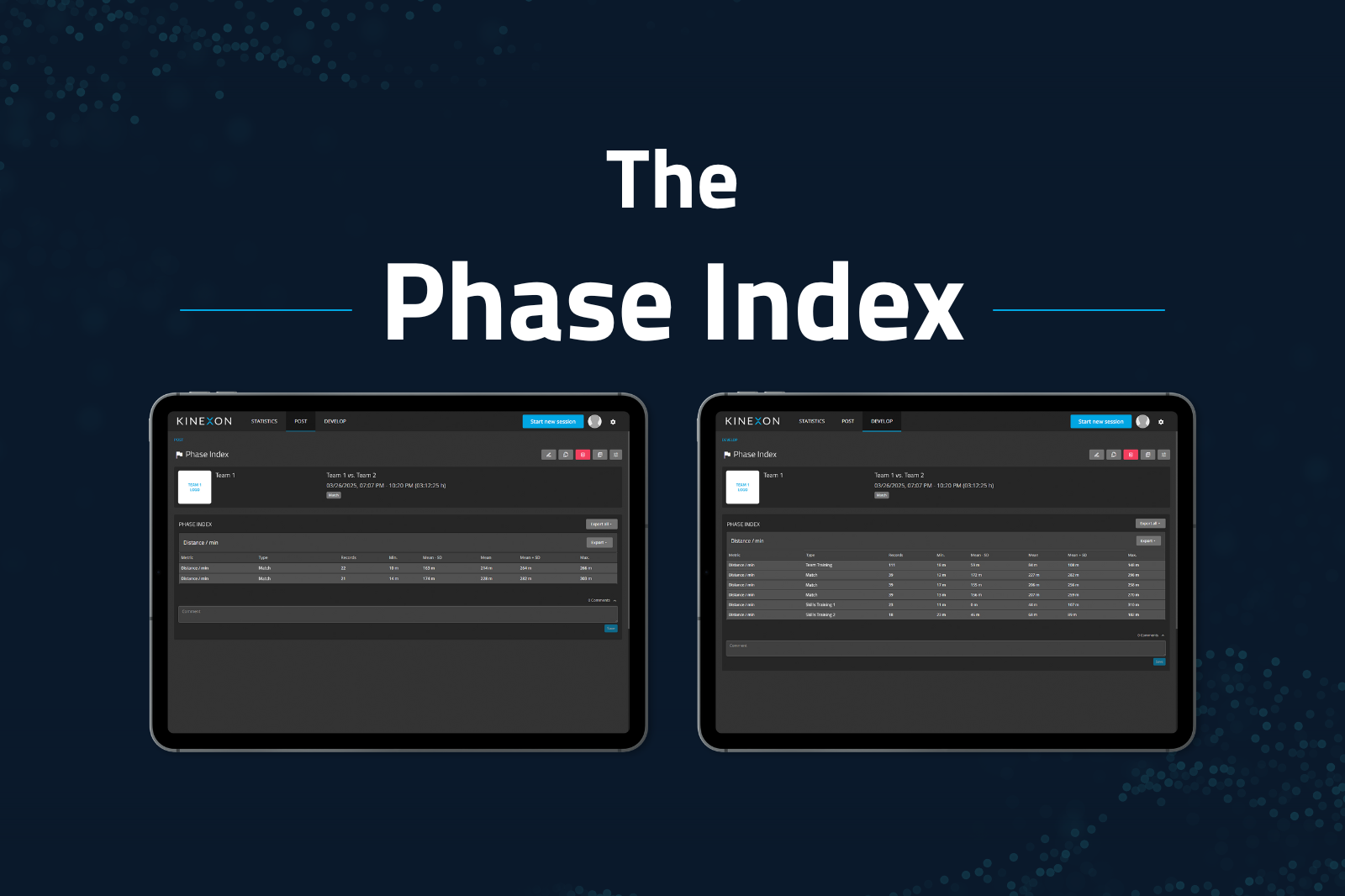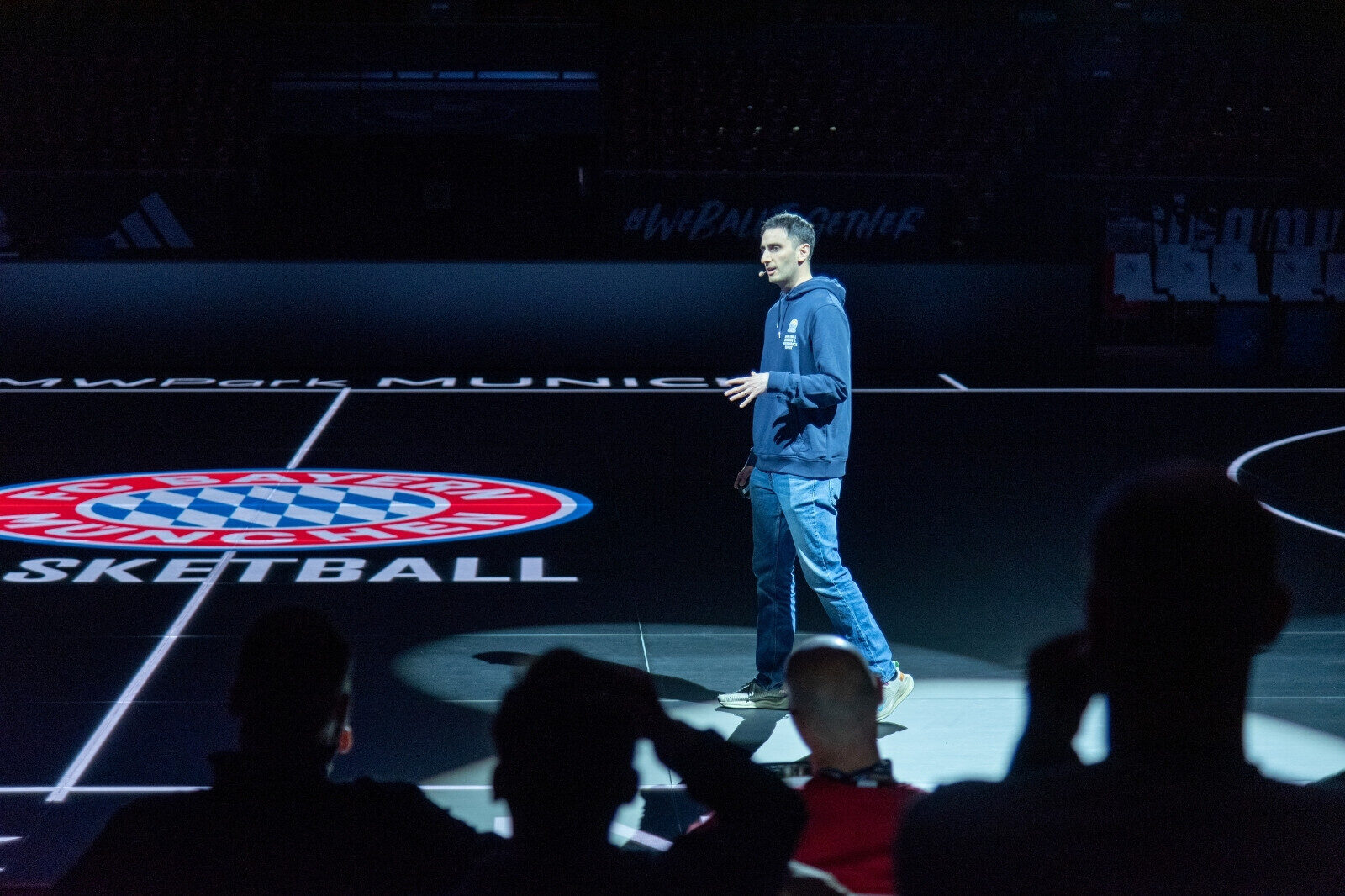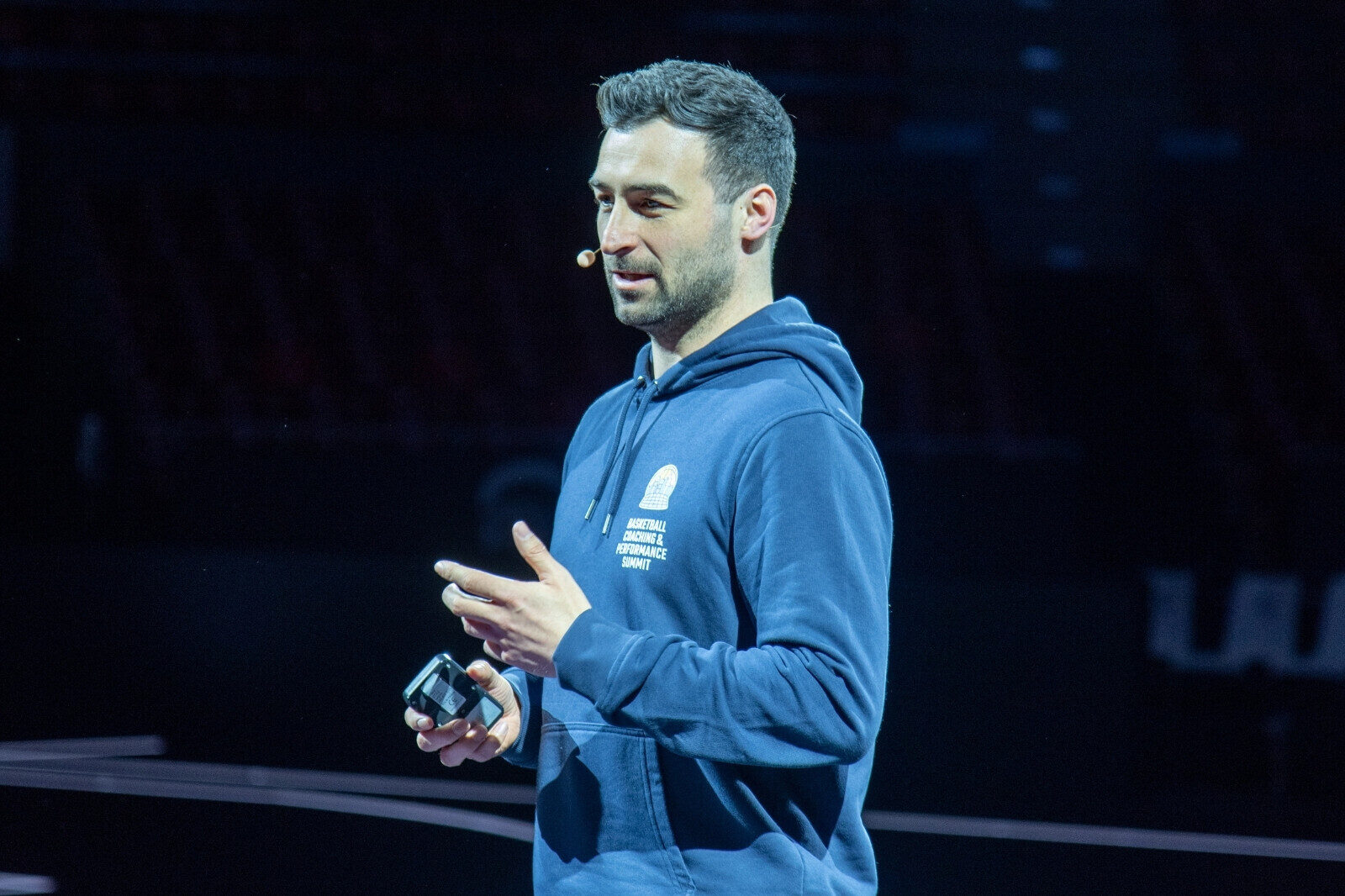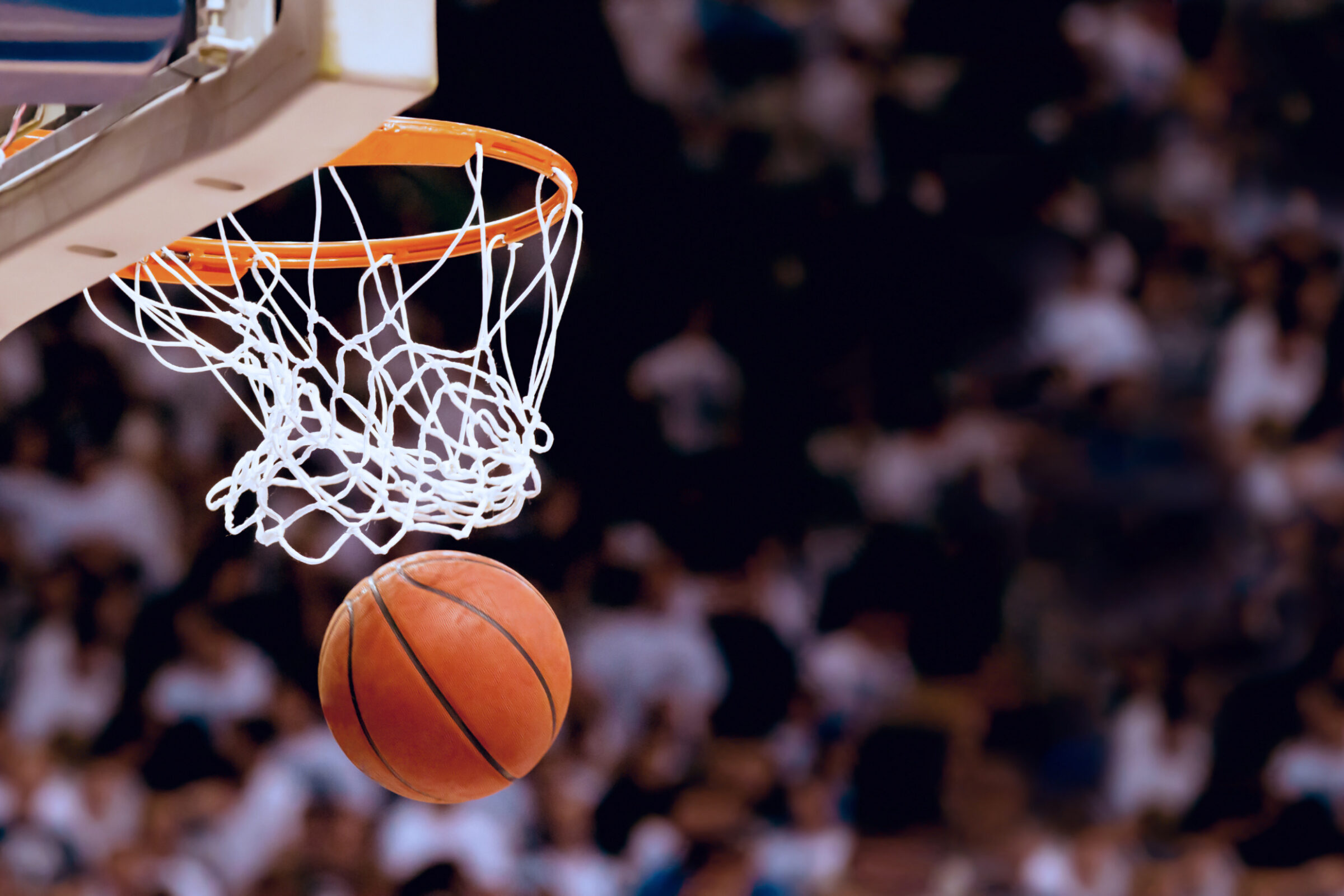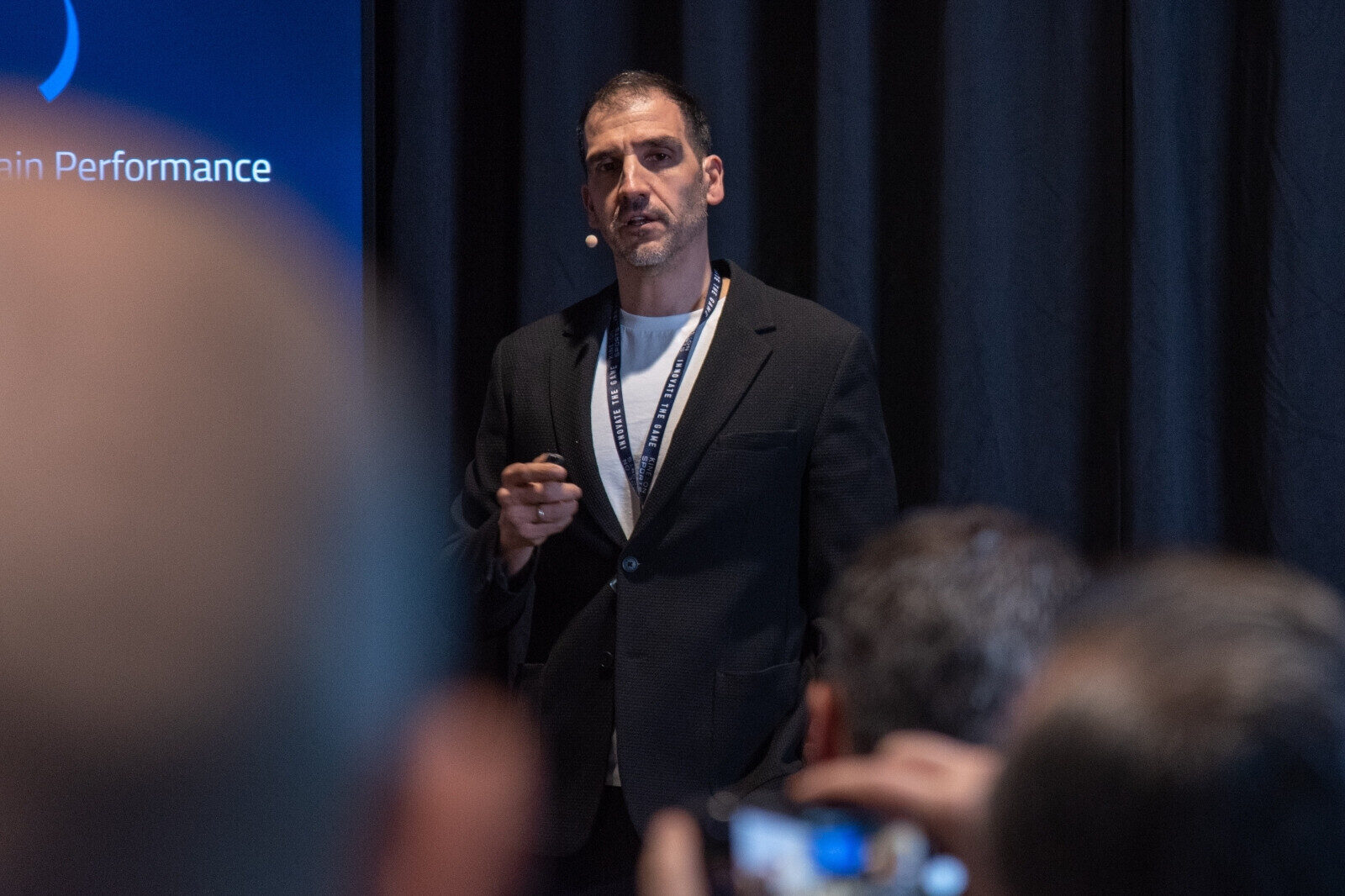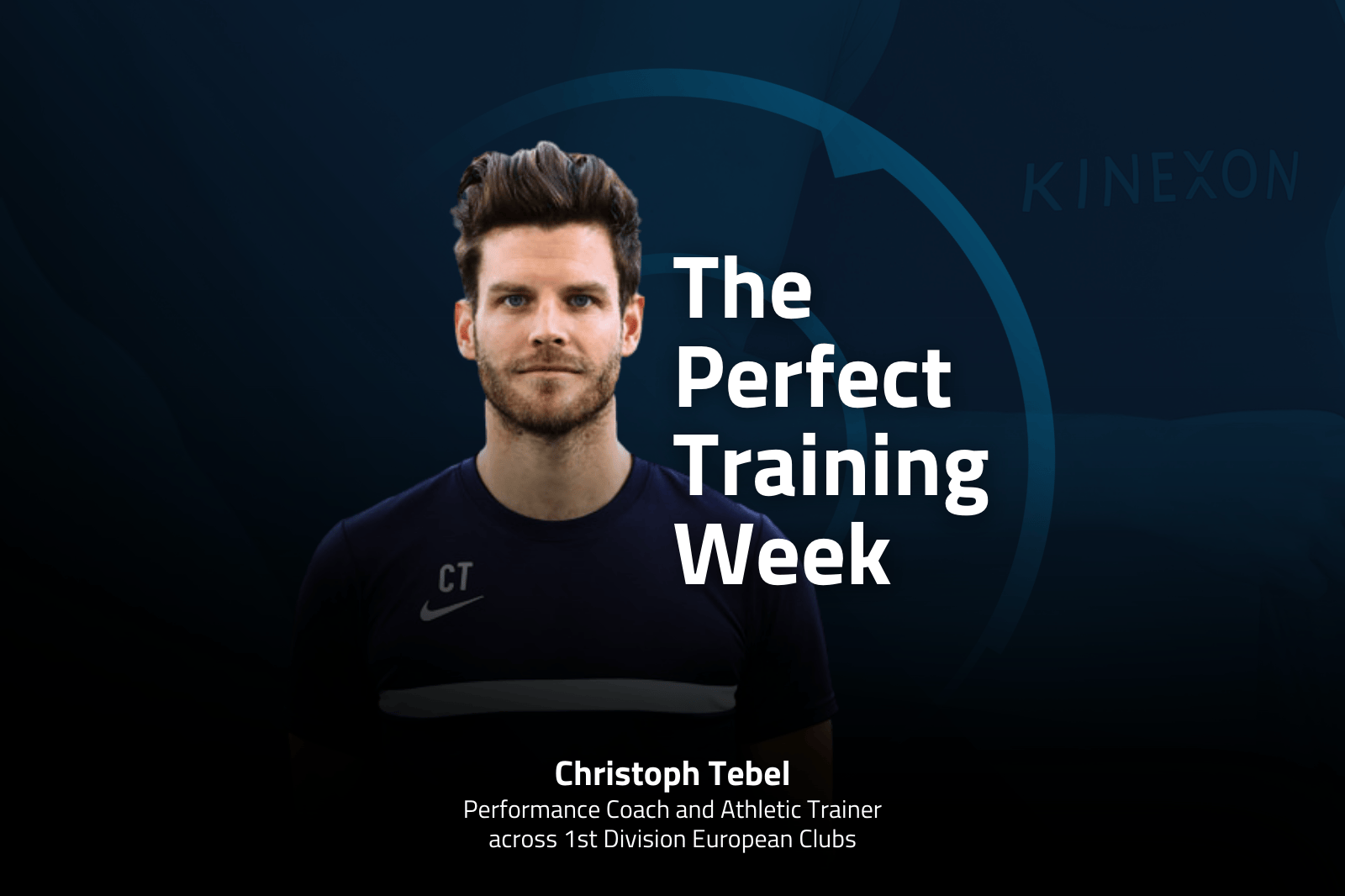Study Reveals: Olympic-Based Strength Training Enhances Handball Skills!
Imagine the power and agility of an Olympic athlete combined with the strength and endurance of a handball player. That’s exactly what a recent study set out to explore. The goal? To unlock new levels of performance for women handball players.

The researchers took a close look at the potential benefits Olympic-inspired strength training movements might have if they were integrated with the traditional strength training routines of handball players. The results were promising, revealing potential benefits that could revolutionize the way these athletes train
The study titled: “Enhancing Performance and Promoting Sustainability in Female Handball: The Impact of Olympic Movement Training on Jumping, Throwing, Sprinting, and Change of Direction”, found that the use of lighter weights, specifically 20 – 30% of body weight, twice a week from an early age, may lead to improvements in key performance factors such as vertical jumps, throwing, and sprinting speeds.
This finding is not only beneficial for sports that share similar performance factors with handball (like football, basketball, and field hockey) but also aligns with sustainable sports practices that promote holistic and health-focused physical development in young athletes.
KINEXON Sports Scientist Michael Elmer helped with a project that studied the science behind four-time IHF women’s handball player of the year, Christine Neagu’s shot, and what makes it so unstoppable. You can click to watch the video below.
Focusing on Key Handball Performance Factors

Running speed is a key determinant for wingers, who cover most of their distance by running at high speed and sprinting, especially during the counterattacking phase. Interestingly, the type of movement varies significantly between the defense and attack phases.
Jumping ability is another crucial performance indicator, especially for wingers, who often perform jumping throws to beat opponents. Lower extremity strength is strongly related to throwing velocity.
While there is some disagreement regarding whether jump height is a discriminant factor in professional matches, certain studies have found differences in jumping measures depending on the players’ level. Other studies consider jumping ability a performance factor by allowing an increase of time in the decision making of the jump shot or jump pass.
Change of direction is an action that consists of chaining an acceleration with a deceleration to continue with an acceleration in a different direction, such as the front maneuver, which is the most recurrent action in handball to overcome an opponent. Players need to generate a large amount of force in a short period of time to perform a quick change of direction, with those of larger angles requiring more force.
Coaches Used Four Exercises During Training

For each prescribed exercise, participants were instructed to complete three sets of eight repetitions, with one-minute rest intervals between sets and two-minute rest intervals between exercises. The intensity ranged from 20% to 30% of their body weight.
During the initial two weeks of the intervention, encompassing the first four sessions, an intensity of 20% of each player’s body weight was utilized. For the subsequent four sessions, the intensity was increased to 25% of their body weight. In the final four sessions, the training intensity was set at 30% of their body weight. Participants were advised to perform the movements at maximum speed.
The training regimen for Monday’s session for the evaluation group included four exercises, to be completed in the following sequence: hang clean, shoulder press, hang power clean and jerk, and dumbbell power snatch.
Similarly, Wednesday’s session comprised four exercises to be performed in the specified order: hang power clean, unilateral shoulder press, hang clean and jerk, and dumbbell power snatch.
Jump Height, Throwing Speed, Running Speed Improved
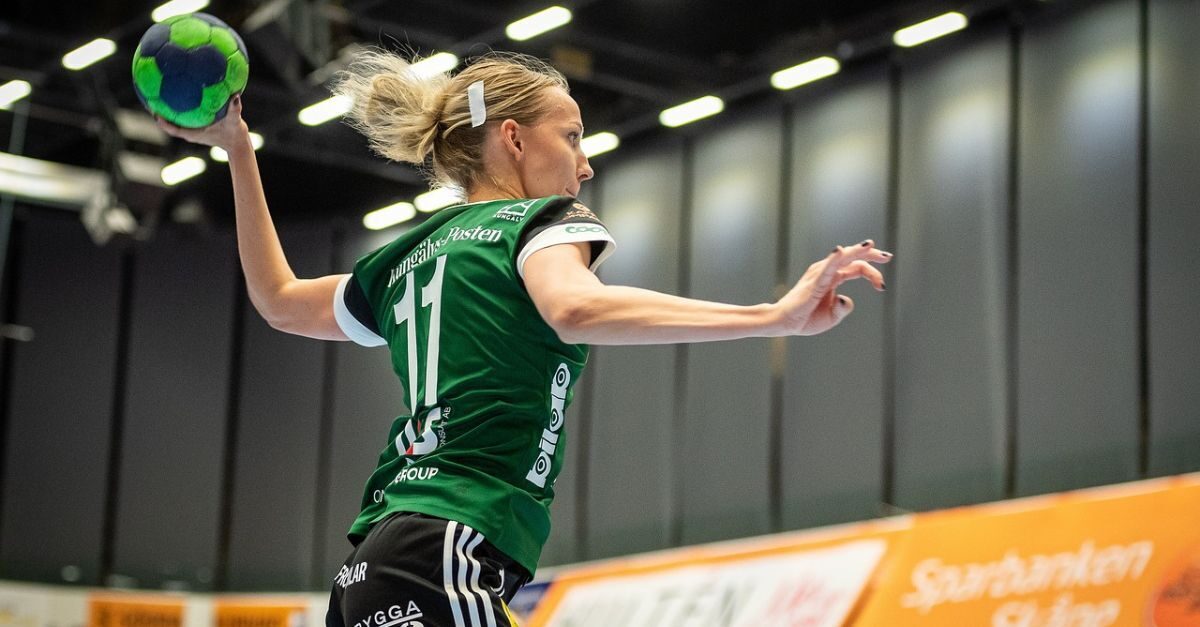
The study results indicate significant differences between the pre- and post-measurements of both the control and intervention groups in jump height, throwing speed, and running speed, with notably higher values observed in the intervention group.
For change of direction, no significant differences were found. But significant differences were seen at the end of the intervention for jump height and running speed.
The study findings demonstrate that the experimental group of female handball players showed improvements in jumping performance, throwing speed, and running speed compared to the control group.
Strength and Power Are Critical in Handball

Strength training with Olympic movements and their derivatives is recommended to be an integral part of physical preparation in handball. This approach aims to increase athletes’ strength and power levels, thereby improving their overall performance.
The training should adopt a holistic approach, focusing on improving strength and power while simultaneously working on essential handball skills such as jumping, throwing, sprinting, and changing direction.
Develop a Personalized Approach
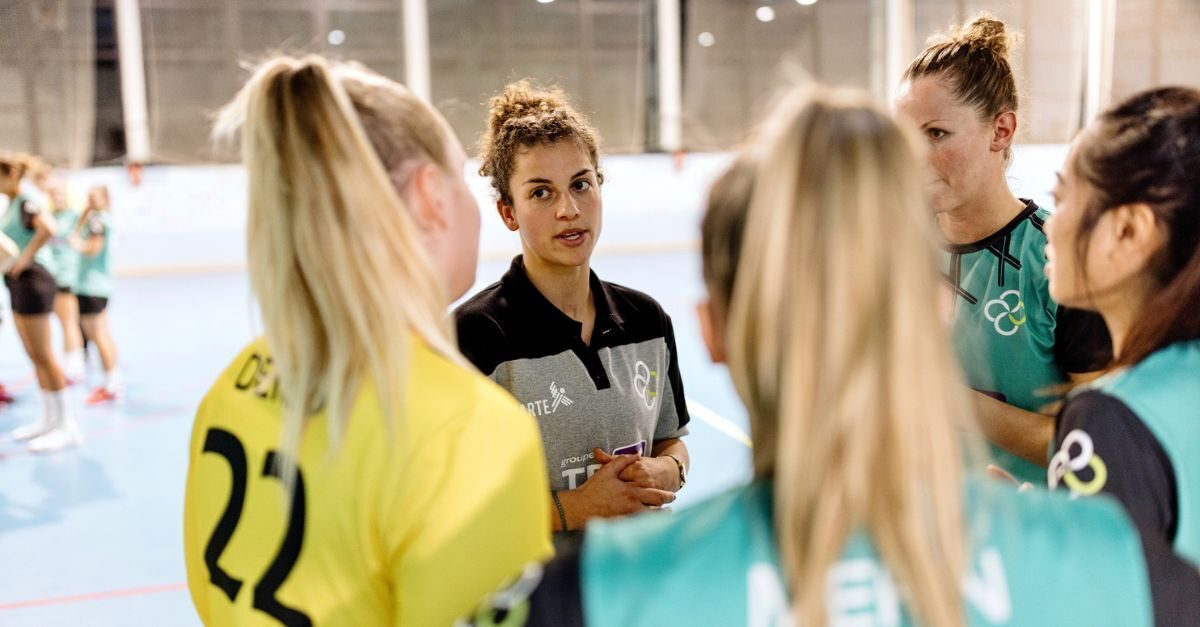
Coaches play a crucial role in this process. They should adapt loading intensities according to the initial competence of their athletes in Olympic lifting movements, considering the actual demands of the sport. This personalized approach ensures that the training is effective and safe for the athletes.
If you’re interested in learning more about sports performance software for handball, don’t hesitate to contact us.
Or download our case study that tells the story of how the Netherlands women’s handball team successfully integrated data into their training regimen.

